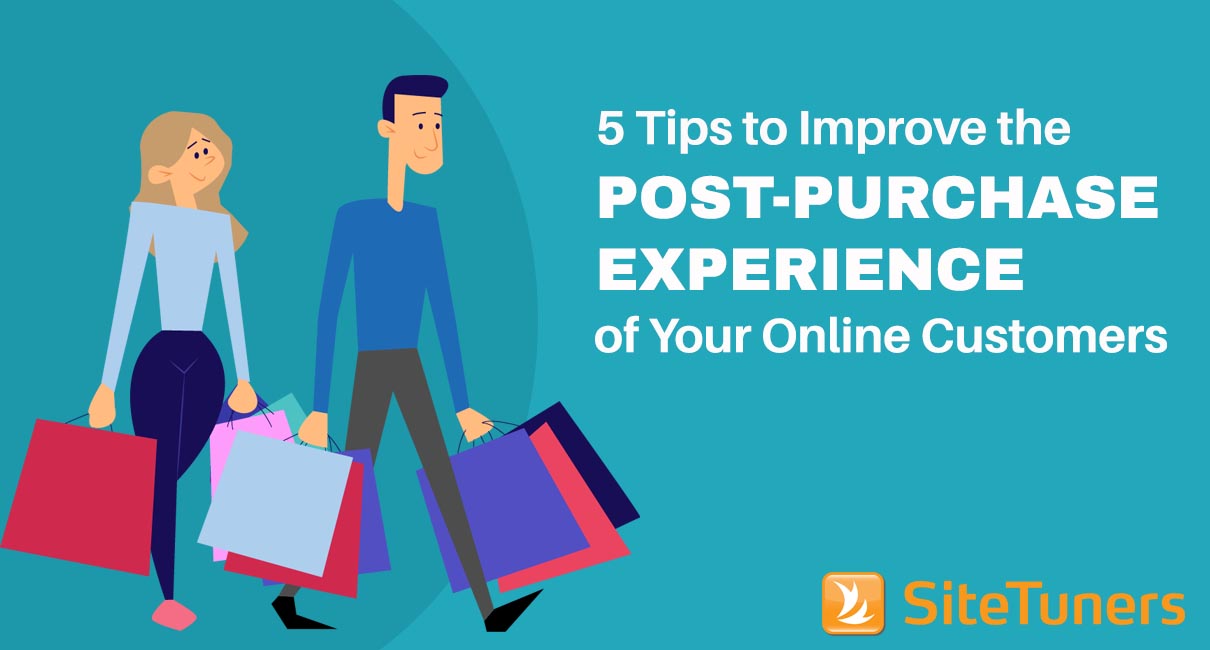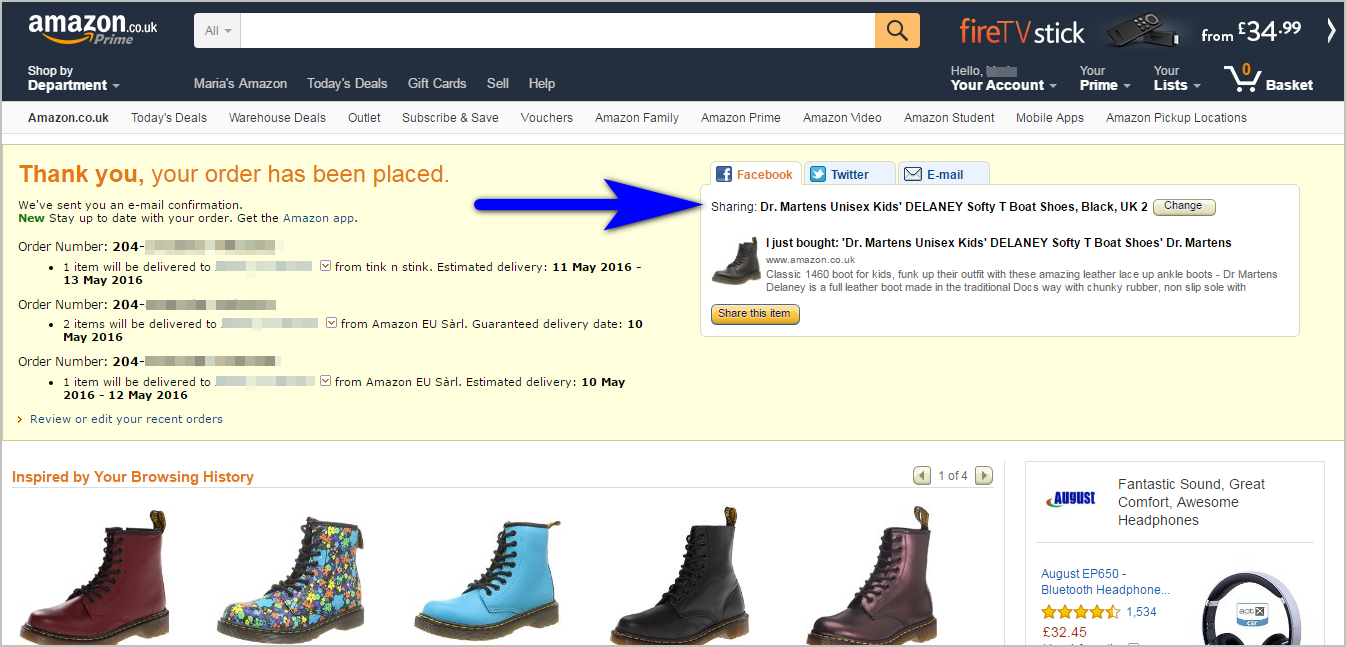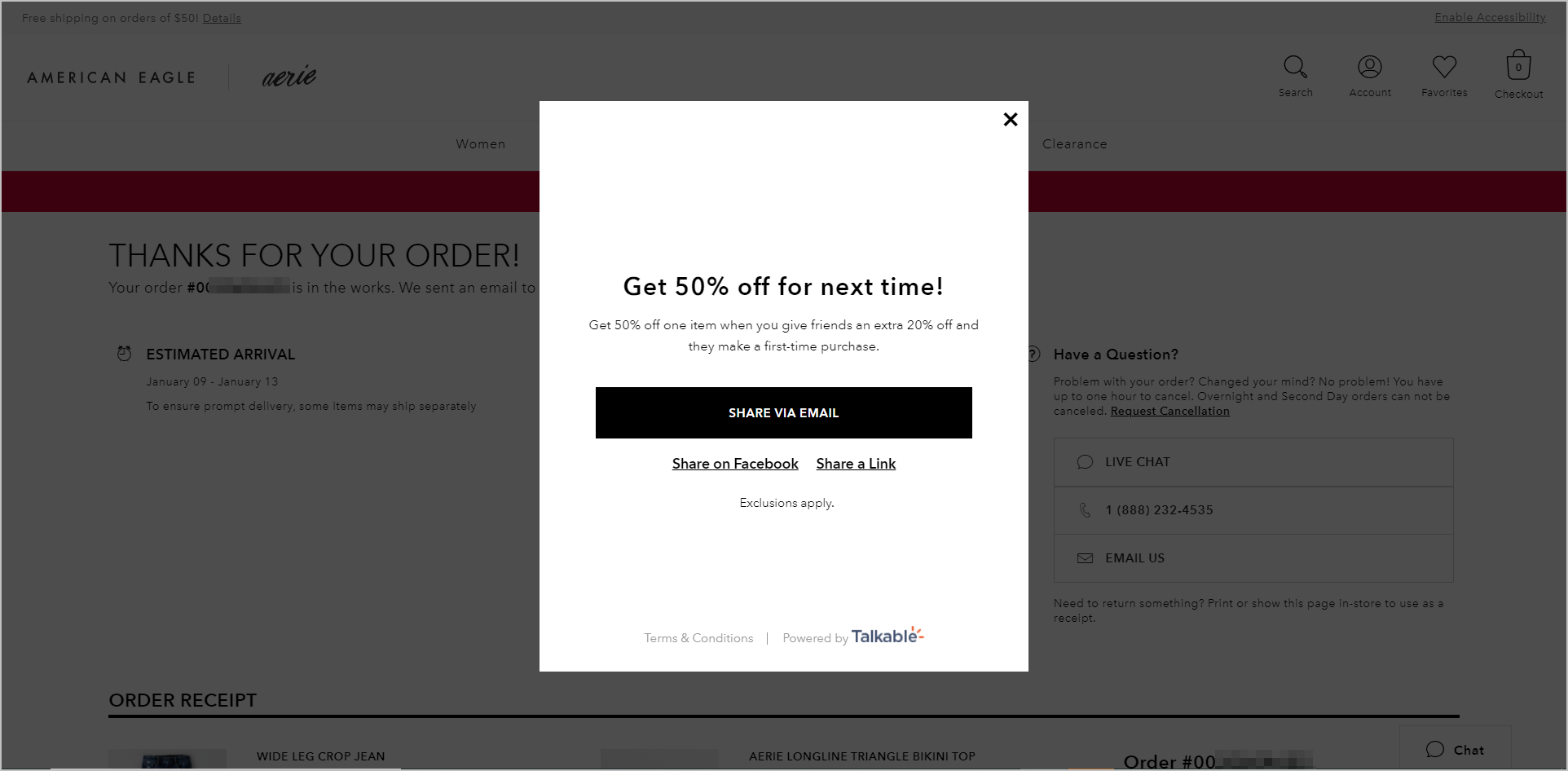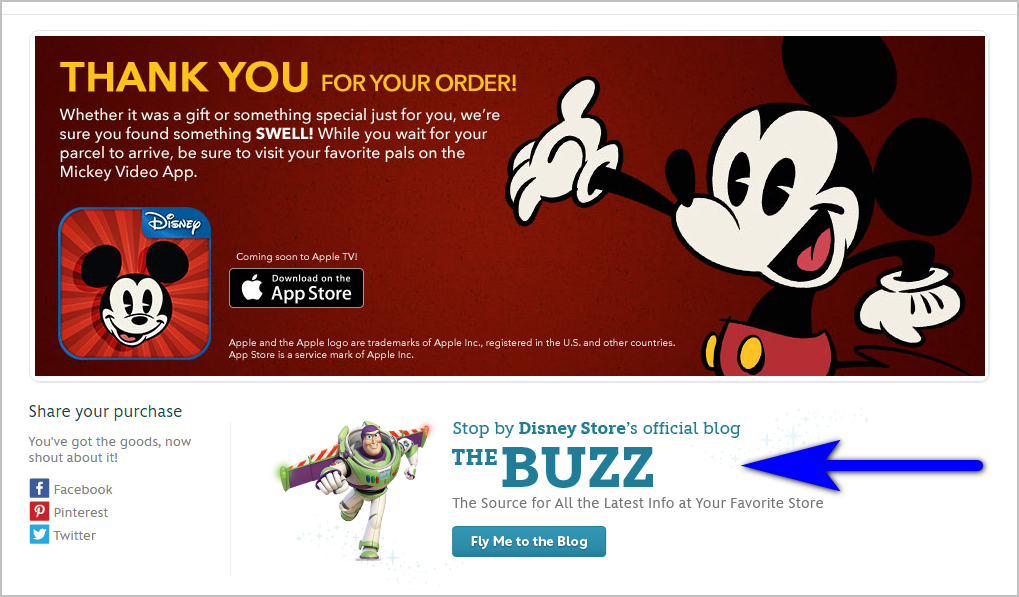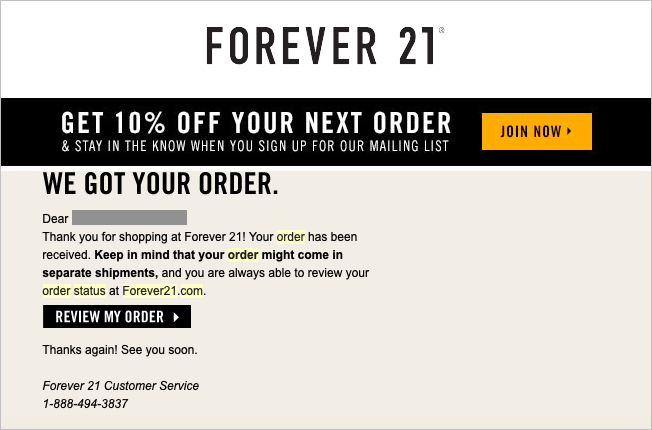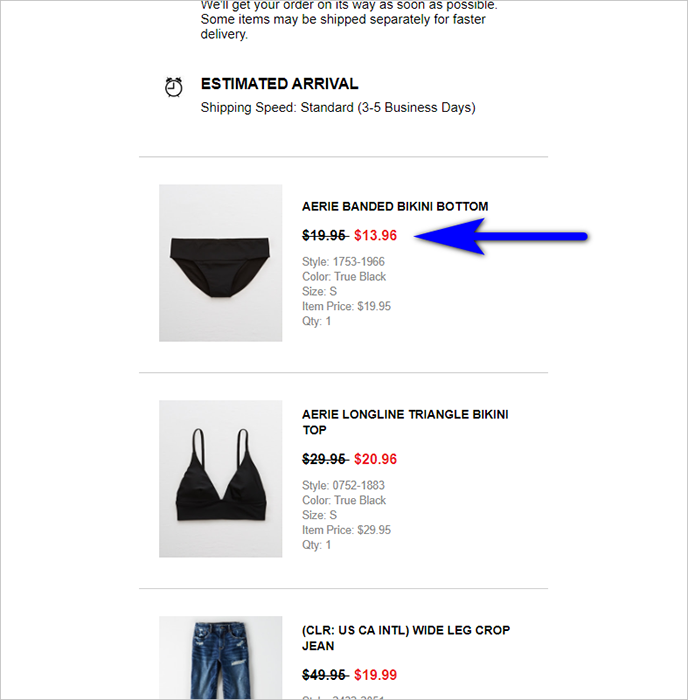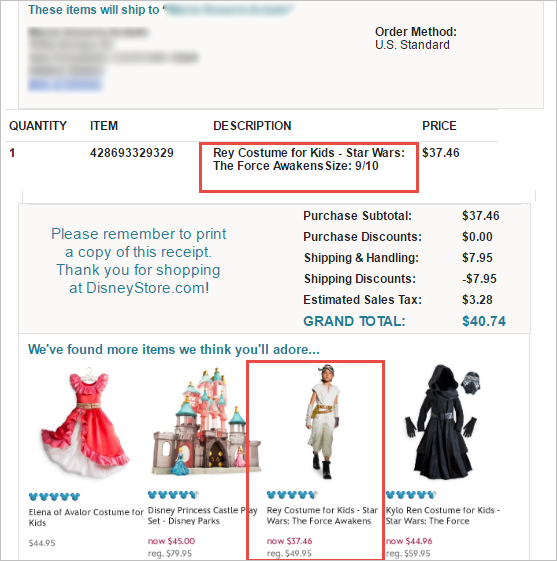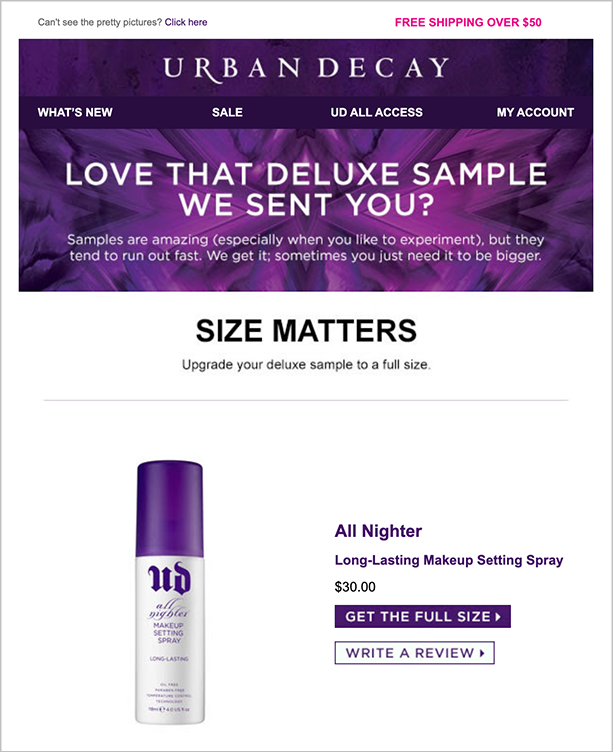Summary: You can win the loyalty of customers who have just converted by taking some steps to improve their post-purchase experience.
Congratulations, your visitor converted!
Your conversion rate optimization efforts have borne fruit.
But you can’t rest easy yet – the customer journey doesn’t end when the visitor clicks “Submit Order”.
Remember, it costs a lot less to keep existing customers than to acquire new ones. If you stop paying attention when the customer completes the purchase, you miss out on the chance to turn them into loyal customers.
Here are some tips on optimizing the post-sale experience, so you can get the most out of a conversion:
1. Don’t Stop at Thank You!
The customer sees the thank-you page at a point when engagement with your site is still very high. If the transaction’s successful, the customer’s generally feeling relieved and excited to get what they paid for.
One way to tap into the positive emotion is by giving customers the ability to share what they’ve just bought.
In the example below, social media sharing functionality is available on the thank-you page of Amazon.co.uk:
Be careful, though, not to treat social media sharing as a means to achieve your goals.
Look at it from the customers’ perspective. For them, it’s not about promoting your product or service. It’s about telling their friends or family what they’ve bought or getting validation from peers on certain purchase decisions.
Learn your customers’ motivation for sharing, then make it easy for them to do so. You can add pre-canned messaging, graphics, and other elements that make it irresistible for customers to share, pin, or tweet their recent transaction.
You can also persuade customers to share by offering them an incentive, like a a discount on their next transaction. American Eagle, for instance, promotes their referral program after the customer completes their order:
Another way of building on the excitement is by asking the customer to download your app (if you have one) or visit your blog, similar to how it was done on the thank-you page of Disney Store (now shopDisney.com).
Aside from social sharing, app download, and blog visits, your thank-you page is also a good place to invite customers to join your loyalty program (if they’re not a member yet).
At this point, the invitation would be more than welcome for customers who plan on buying from you again, while those who visited for a one-time purchase can simply ignore it.
By advertising your loyalty program after visitors have checked out, you’re sure you’re not getting in the way of their main tasks.
While it’s good to use your thank you-page to express gratitude, it’s even better when you utilize it to build relationships and provide value to customers on top of their purchase.
2. Go Beyond Transactional in Your E-mails
Transactional e-mails rock when it comes to getting opened and clicked on by recipients.
In fact, according to Experian, transactional emails enjoy 8x higher open and clickthrough rates compared to other types of e-mails.
Naturally, once customers have placed their order, they want to know its progress. They actually look forward to your emails at this point and even save them for later reference. If you fail to optimize those messages, you lose out.
Here are some ideas for optimizing your transactional e-mails:
Get customer to sign up to your mailing list
The customer just bought something from you. If their experience with your site and after-sales service is positive, the likelihood that they’ll buy from you again is high. This your chance to build positive experiences and get the customer ready for future transactions.
Forever 21, for example, cleverly offers a discount towards the customer’s next order to nudge them to sign up to the mailing list.
The mailing list sign-up is crucial. it’s essentially the customer giving you permission to include them in your drip marketing campaign.
Affirm customer’s decision to buy from you
Continue selling the products even after the customer has bought them. Keep the customer hyped about the purchase by reminding them what they’re getting out of the transaction.
Take American Eagle’s order confirmation e-mail, for instance. It lessens the chances of the customer feeling buyer’s remorse by indicating the original price beside the sale price. This reminds the customer how much they saved by taking advantage of a deal.
Recommend other products
Selling something again to the customer on a transactional e-mail might seem premature. However, done right, presenting relevant items is an effective way of bringing the customer back to your web site.
Experian reported in 2010 that “transactional emails that include cross-sell items have 20 percent higher transaction rates than those without.”
For this to work, make sure your recommendations are appropriate. This Disney Store order confirmation e-mail, for instance, clearly needed some back-end plumbing work, as it was recommending the same exact product the customer has just purchased:
Learn ways to increase your e-commerce site’s average order value.Read “4 Ways to Get Customers to Add More to their Shopping Carts” |
3. Get Customer Feedback and Build Social Proof
Let customers know their satisfaction is your priority.
You can get feedback by asking customers to fill out e-mail surveys and submit product reviews or testimonials. By encouraging customers to rate products or write testimonials, you also build social proof for your product or services in the process.
It’s critical to time your e-mail right. Ask for feedback when you know the customer has received their order and has had time to use it.
Urban Decay, a cosmetics company, includes sample items in the customer’s purchase. They then follow up with the customer to get feedback and to upsell the customer to the full size.
Speaking of upselling …
4. Time Upsells and Cross-sells Right
Identify the lifespan of your product, so you can estimate when to remind the customer to get replenishment or an upgrade, or when they might be looking for items to complement their previous purchase.
This way, your e-mail serves as a timely reminder instead of being just another e-mail that takes up inbox space.
If the customer has recently bought an entry-level DSLR camera, for example, your efforts to sell them a professional-level camera could be futile. It might make sense, however, to nudge the customer to get other equipment, like lenses or filters, so they can take their photography to the next level.
5. Add Value with Personalized Tips
If you’re looking to build a happier customer base without drastically affecting your marketing spend, you can turn to data. You can segment customers demographically and psychographically. That will allow you to learn what you can do to add value to existing products and services.
None of this means you have to get expensive Business Intelligence tools auto-processing insights via algorithms. You can look at something as basic as recent purchases, and use that to help customers get the most out of what they paid for.
VyprVPN, for instance, lets users know what’s possible to do with the service:
It doesn’t always have to be specifically about your product or service either.
With our entry-level DSLR camera example, for instance, information on depth of field or rule of thirds would generally be helpful to a customer who has only started dabbling in photography.
Improve the Post-Purchase Experience to Win Loyal Customers
If you want brand loyalists instead of one-time customers, pay attention to what happens after the customer converts.
If you continue the conversation after the sale, add value to your transactional emails, incentivize social sharing for purchases, strategize for your upsells and cross-sells, and add value using personalized tips, you’ll be able to add value both to customers and to the business.
